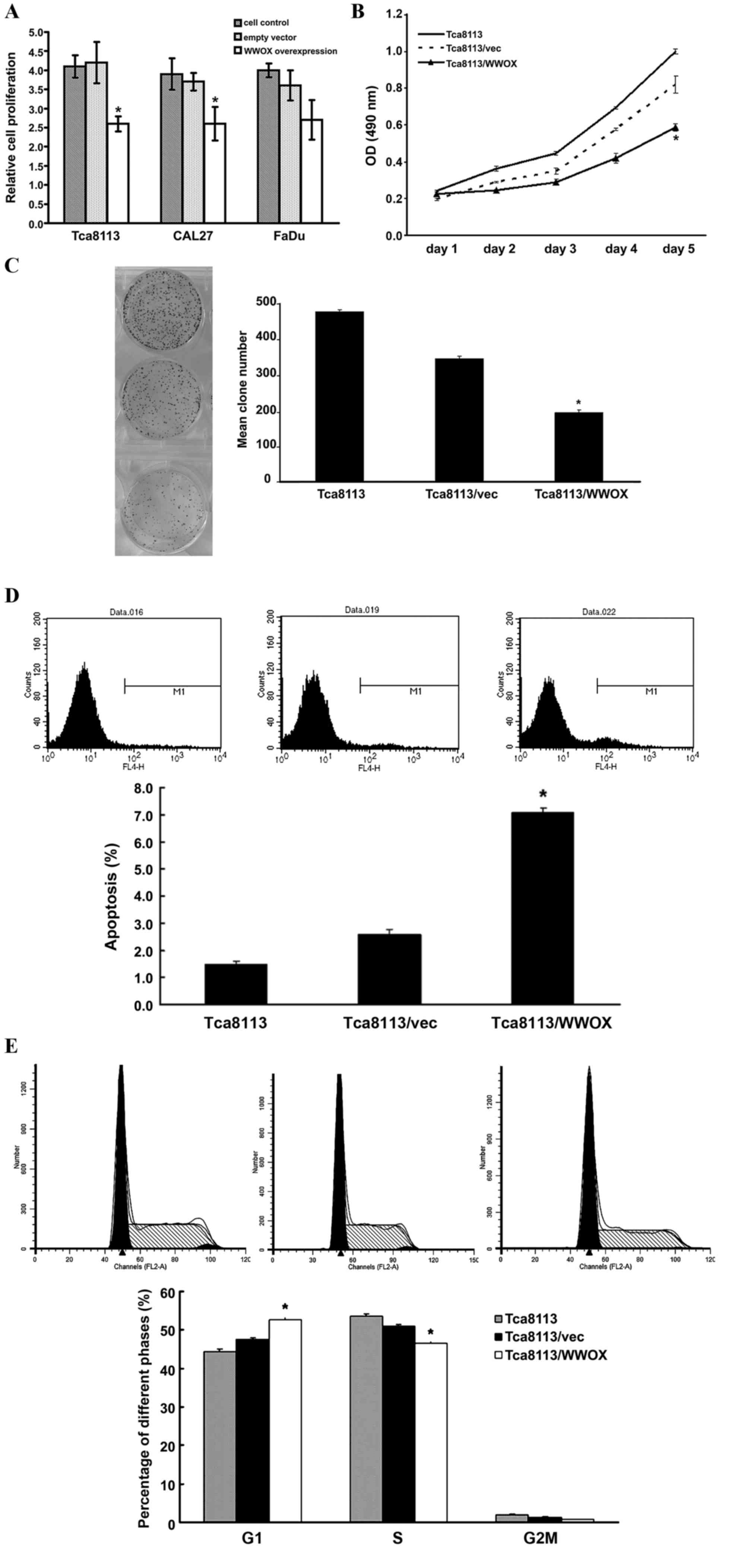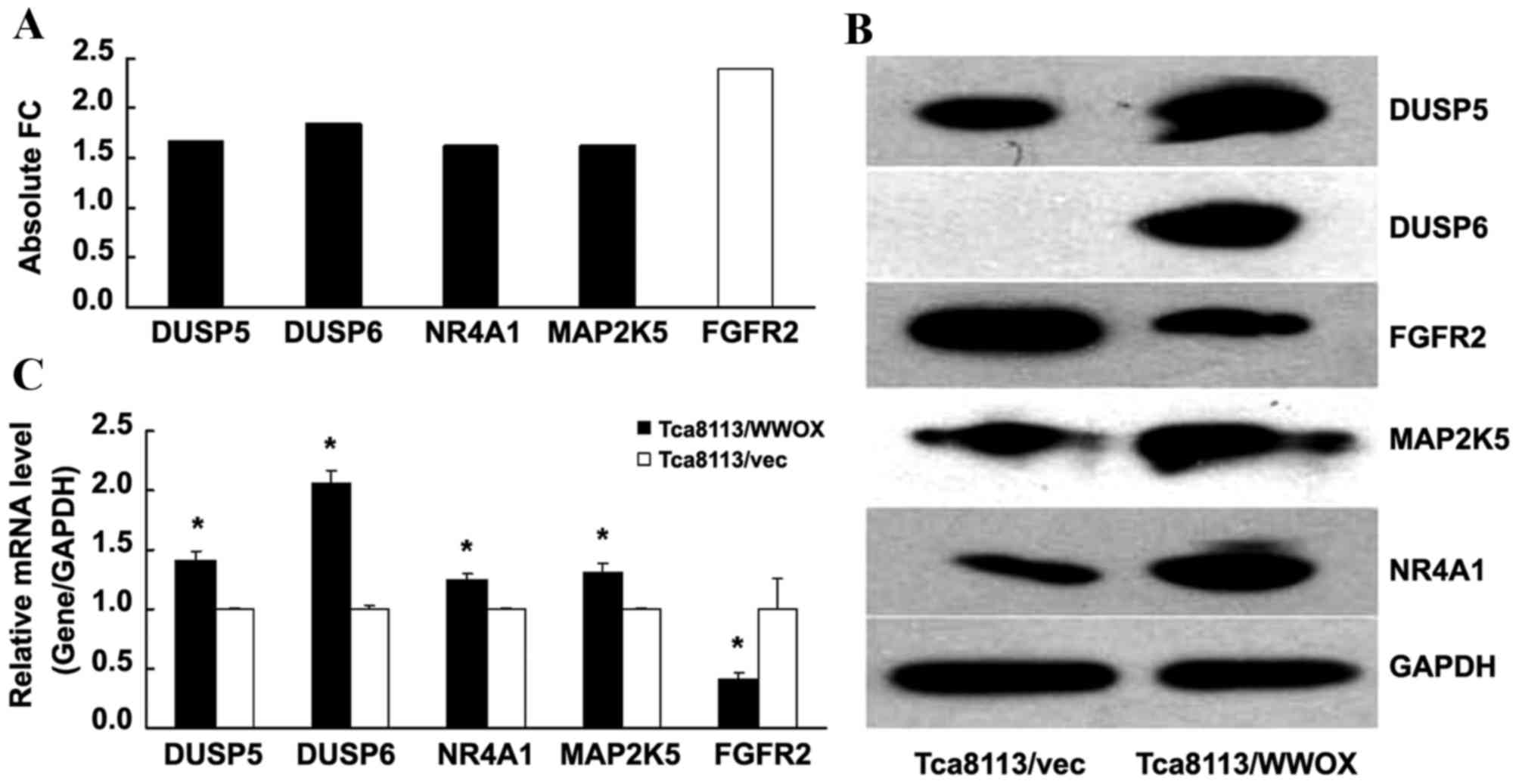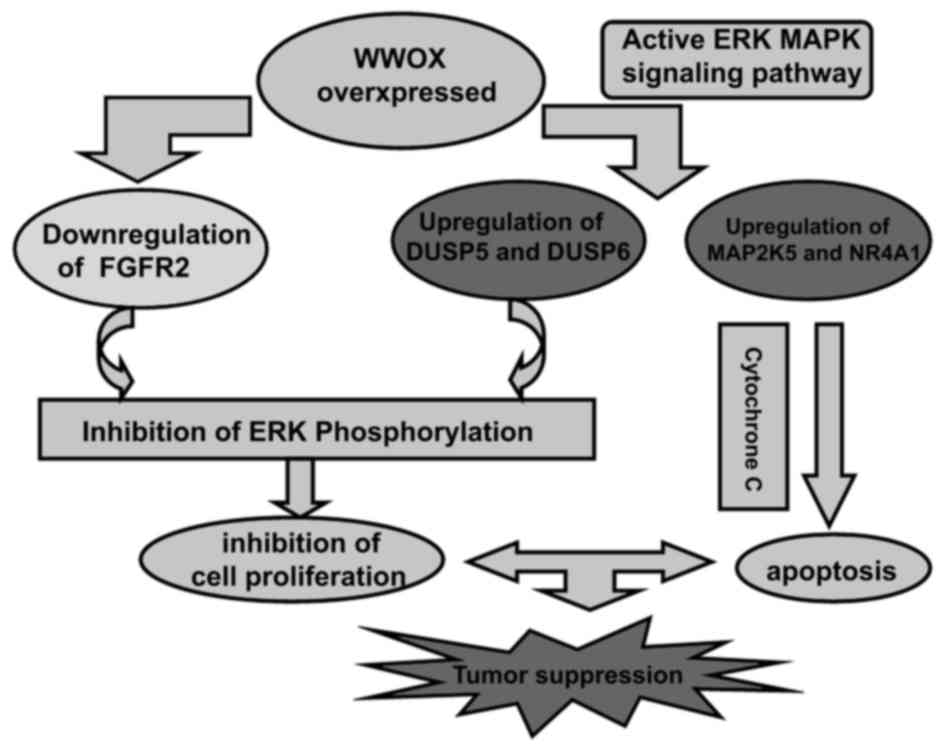|
1
|
Minicucci EM, da Silva GN and Salvadori
DM: Relationship between head and neck cancer therapy and some
genetic endpoints. World J Clin Oncol. 5:93–102. 2014. View Article : Google Scholar : PubMed/NCBI
|
|
2
|
Ratajczak-Wrona W, Jablonska E, Antonowicz
B, Dziemianczyk D and Grabowska SZ: Levels of biological markers of
nitric oxide in serum of patients with squamous cell carcinoma of
the oral cavity. Int J Oral Sci. 5:141–145. 2013. View Article : Google Scholar : PubMed/NCBI
|
|
3
|
Rivera C and Venegas B: Histological and
molecular aspects of oral squamous cell carcinoma (Review). Oncol
Lett. 8:7–11. 2014.PubMed/NCBI
|
|
4
|
Warnakulasuriya S: Living with oral
cancer: Epidemiology with particular reference to prevalence and
life-style changes that influence survival. Oral Oncol. 46:407–410.
2010. View Article : Google Scholar : PubMed/NCBI
|
|
5
|
Giannola LI, De Caro V, Giandalia G,
Siragusa MG, Paderni C, Campisi G and Florena AM: 5-Fluorouracil
buccal tablets for locoregional chemotherapy of oral squamous cell
carcinoma: Formulation, drug release and histological effects on
reconstituted human oral epithelium and porcine buccal mucosa. Curr
Drug Deliv. 7:109–117. 2010. View Article : Google Scholar : PubMed/NCBI
|
|
6
|
Lewandowska U, Zelazowski M, Seta K,
Byczewska M, Pluciennik E and Bednarek AK: WWOX, the tumour
suppressor gene affected in multiple cancers. J Physiol Pharmacol.
60:(Supp l). S47–S56. 2009.
|
|
7
|
Ekizoglu S, Muslumanoglu M, Dalay N and
Buyru N: Genetic alterations of the WWOX gene in breast cancer. Med
Oncol. 29:1529–1535. 2012. View Article : Google Scholar : PubMed/NCBI
|
|
8
|
Pimenta FJ, Cordeiro GT, Pimenta LG, Viana
MB, Lopes J, Gomez MV, Aldaz CM, De-Marco L and Gomez RS: Molecular
alterations in the tumor suppressor gene WWOX in oral leukoplakias.
Oral Oncol. 44:753–758. 2008. View Article : Google Scholar : PubMed/NCBI
|
|
9
|
Pimenta FJ, Gomes DA, Perdigão PF, Barbosa
AA, Romano-Silva MA, Gomez MV, Aldaz CM, De Marco L and Gomez RS:
Characterization of the tumor suppressor gene WWOX in primary human
oral squamous cell carcinomas. Int J Cance. 118:1154–1158. 2006.
View Article : Google Scholar
|
|
10
|
Pimenta FJ, Cordeiro GT, Pimenta LG, Viana
MB, Lopes J, Gomez MV, Aldaz CM, De Marco L and Gomez RS: Molecular
alterations in the tumor suppressor gene WWOX in oral leukoplakias.
Oral Onco. 44:753–758. 2008. View Article : Google Scholar
|
|
11
|
Kabbout M, Garcia MM, Fujimoto J, Liu DD,
Woods D, Chow CW, Mendoza G, Momin AA, James BP, Solis L, et al:
ETS2 mediated tumor suppressive function and MET oncogene
inhibition in human non-small cell lung cancer. Clin Cancer Res.
19:3383–3395. 2013. View Article : Google Scholar : PubMed/NCBI
|
|
12
|
Livak KJ and Schmittgen TD: Analysis of
relative gene expression data using real-time quantitative PCR and
the 2(−Delta Delta C(T)) Method. Methods. 25:402–408. 2001.
View Article : Google Scholar : PubMed/NCBI
|
|
13
|
Aqeilan RI, Abu-Remaileh M and Abu-Odeh M:
The common fragile site FRA16D gene product WWOX: Roles in tumor
suppression and genomic stability. Cell Mol Life Sci. 71:4589–4599.
2014. View Article : Google Scholar : PubMed/NCBI
|
|
14
|
Zhang H, Kong L, Cui Z, Du W, He Y, Yang
Z, Wang L and Chen X: The WWOX gene inhibits the growth of U266
multiple myeloma cells by triggering the intrinsic apoptotic
pathway. Int J Mol Med. 34:804–809. 2014.PubMed/NCBI
|
|
15
|
Qu J, Lu W, Li B, Lu C and Wan X: WWOX
induces apoptosis and inhibits proliferation in cervical cancer and
cell lines. Int J Mol Med. 31:1139–1147. 2013.PubMed/NCBI
|
|
16
|
Lin JT, Li HY, Chang NS, Lin CH, Chen YC
and Lu PJ: WWOX suppresses prostate cancer cell progression through
cyclin D1-mediated cell cycle arrest in the G1 phase. Cell Cycle.
14:408–416. 2015. View Article : Google Scholar : PubMed/NCBI
|
|
17
|
Whelan JT, Hollis SE, Cha DS, Asch AS and
Lee MH: Post-transcriptional regulation of the Ras-ERK/MAPK
signaling pathway. J Cell Physiol. 227:1235–1241. 2012. View Article : Google Scholar : PubMed/NCBI
|
|
18
|
Wang Z, Reinach PS, Zhang F, Vellonen KS,
Urtti A, Turner H and Wolosin JM: DUSP5 and DUSP6 modulate corneal
epithelial cell proliferation. Mol Vis. 16:1696–1704.
2010.PubMed/NCBI
|
|
19
|
Okudela K, Yazawa T, Woo T, Sakaeda M,
Ishii J, Mitsui H, Shimoyamada H, Sato H, Tajiri M, Ogawa N, et al:
Down-regulation of DUSP6 expression in lung cancer: Its mechanism
and potential role in carcinogenesis. Am J Pathol. 175:867–881.
2009. View Article : Google Scholar : PubMed/NCBI
|
|
20
|
Li W, Song L, Ritchie AM and Melton DW:
Increased levels of DUSP6 phosphatase stimulate tumourigenesis in a
molecularly distinct melanoma subtype. Pigment Cell Melanoma Res.
25:188–199. 2012. View Article : Google Scholar : PubMed/NCBI
|
|
21
|
Nunes-Xavier CE, Tárrega C, Cejudo-Marín
R, Frijhoff J, Sandin A, Ostman A and Pulido R: Differential
up-regulation of MAP kinase phosphatases MKP3/DUSP6 and DUSP5 by
Ets2 and c-Jun converge in the control of the growth arrest versus
proliferation response of MCF-7 breast cancer cells to phorbol
ester. J Biol Chem. 285:26417–26430. 2010. View Article : Google Scholar : PubMed/NCBI
|
|
22
|
Mori Sequeiros Garcia M, Gorostizaga A,
Brion L, González-Calvar SI and Paz C: cAMP-activated Nr4a1
expression requires ERK activity and is modulated by MAPK
phosphatase-1 in MA-10 Leydig cells. Mol Cell Endocrinol.
408:45–52. 2015. View Article : Google Scholar : PubMed/NCBI
|
|
23
|
Liu PY, Sheu JJ, Lin PC, Lin CT, Liu YJ,
Ho LI, Chang LF, Wu WC, Chen SR, Chen J, et al: Expression of Nur77
induced by an n-butylidenephthalide derivative promotes apoptosis
and inhibits cell growth in oral squamous cell carcinoma. Invest
New Drugs. 30:79–89. 2012. View Article : Google Scholar : PubMed/NCBI
|
|
24
|
Thompson J and Winoto A: During negative
selection, Nur77 family proteins translocate to mitochondria where
they associate with Bcl-2 and expose its proapoptotic BH3 domain. J
Exp Med. 205:1029–1036. 2008. View Article : Google Scholar : PubMed/NCBI
|
|
25
|
Zhang P, Jia R, Ying L, Liu B, Qian G, Fan
X and Ge S: WWOX-mediated apoptosis in A549 cells mainly involves
the mitochondrial pathway. Mol Med Rep. 6:121–124. 2012.PubMed/NCBI
|
|
26
|
Feng S, Zhou L, Nice EC and Huang C:
Fibroblast growth factor receptors: Multifactorial-contributors to
tumor initiation and progression. Histol Histopathol. 30:13–31.
2015.PubMed/NCBI
|
|
27
|
Katoh M and Nakagama H: FGF receptors:
Cancer biology and therapeutics. Med Res Rev. 34:280–300. 2014.
View Article : Google Scholar : PubMed/NCBI
|
|
28
|
Mathur A, Ware C, Davis L, Gazdar A, Pan
BS and Lutterbach B: FGFR2 is amplified in the NCI-H716 colorectal
cancer cell line and is required for growth and survival. PLoS One.
9:e985152014. View Article : Google Scholar : PubMed/NCBI
|
|
29
|
Matsuda Y, Yoshimura H, Suzuki T, Uchida
E, Naito Z and Ishiwata T: Inhibition of fibroblast growth factor
receptor 2 attenuates proliferation and invasion of pancreatic
cancer. Cancer Sci. 105:1212–1219. 2014. View Article : Google Scholar : PubMed/NCBI
|














